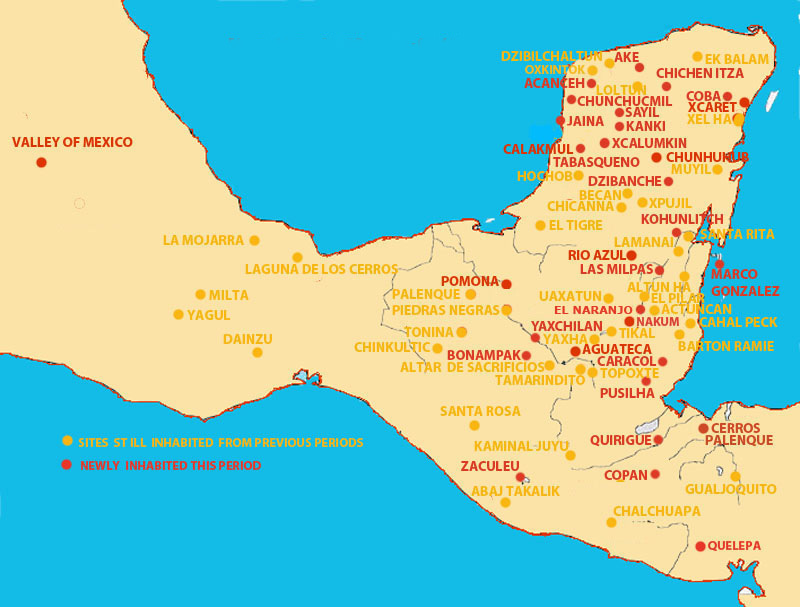Early Classic
150 - 600 C.E
An intricate maze of trade roots arose bringing goods from all over the mayan civilization. Pottery, jade, feathers, food and much more was moving through these roots, bringing a prosperity and diversity never before seen. Feeding the architectural growth of the large ceremonial cities. Setting the stage for the Classic period.
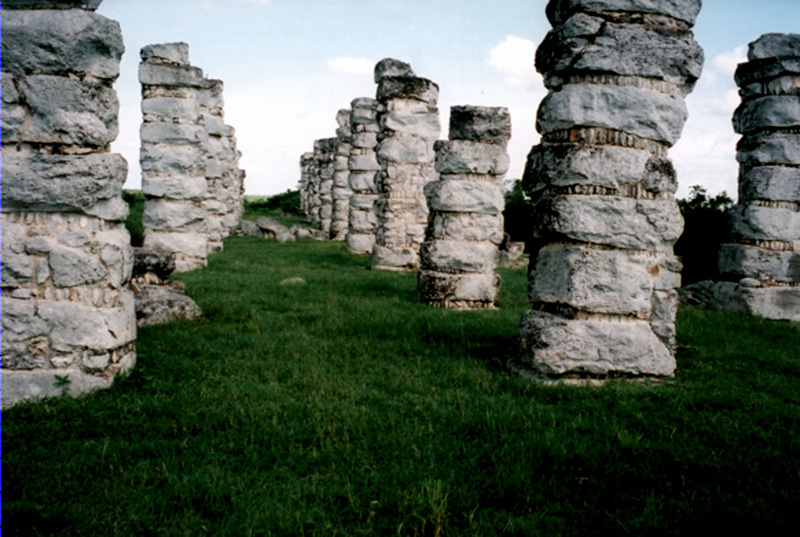
Ake, is a site located in northern Yucatan, has the distinction of an architecture based on blocks of stone. Its age of splendor dates to the Classic period, when its urban area measured 2.4 square miles.
Learn More
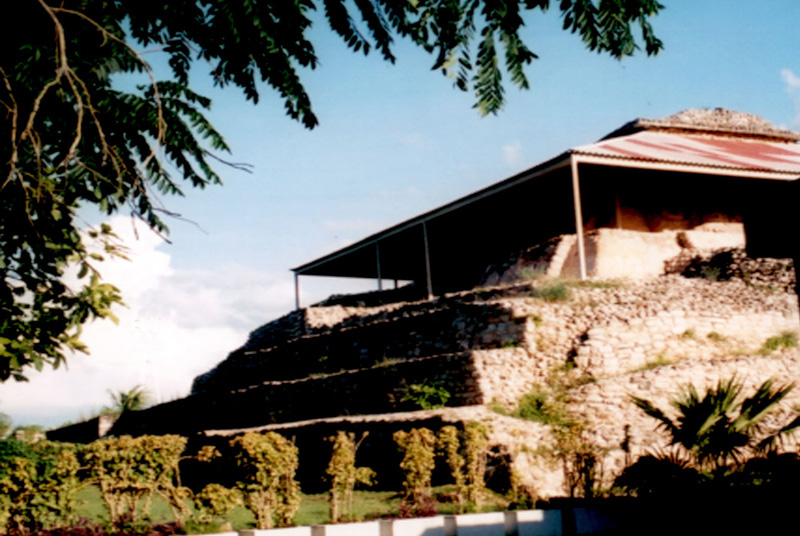
Acanceh is a small city located near Merida. Acanceh means "Moaned of deer", it is made up of akam "moaned", and keh "deer".It is a very easy drive through the countryside and can be reached from several directions.
Learn More
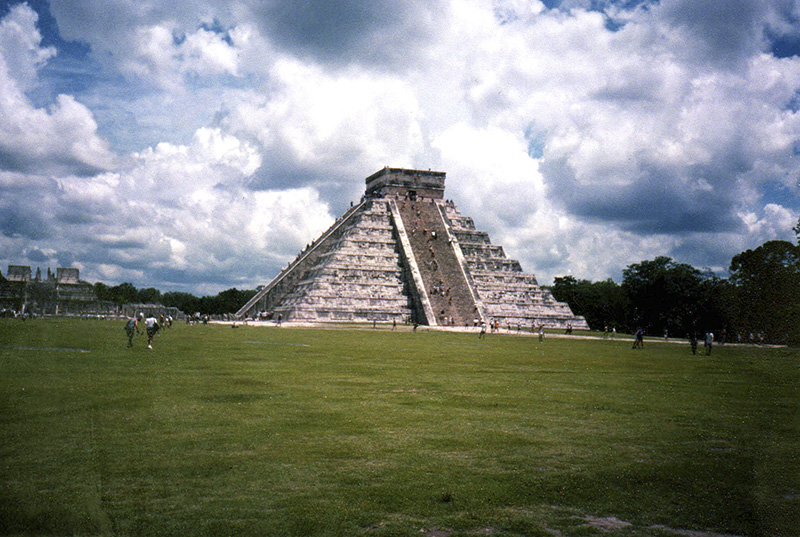
Chichen Itza, the last of the "Great" Mayan city states which flourished from roughly 600 C.E. to 1200 C.E.. Internal struggles among its elite weakened the city sufficiently, and it fell to its western rival, the city state of Mayapan and its allies.
Learn More
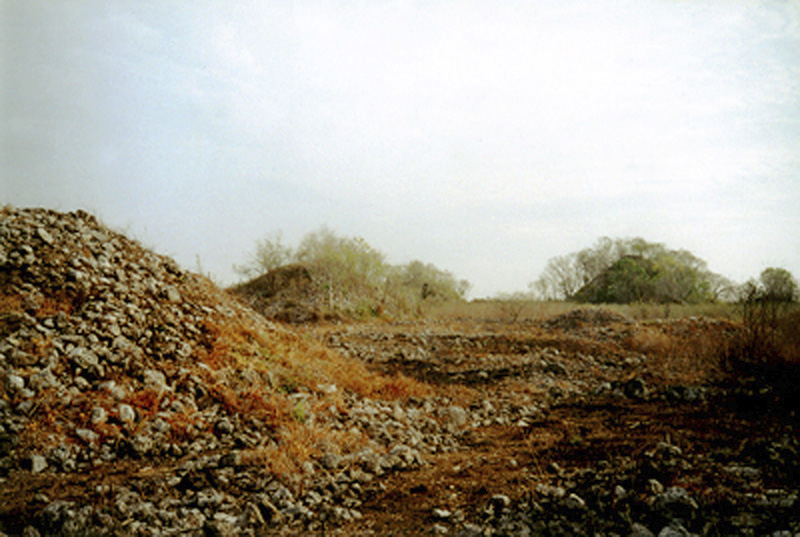
The corn fields and pasture lands of Chunchucmil are filled with rubble mounds - the remains of house platforms and temples of the ancient Maya. This region was once the site of one of the largest Mayan cities.
Learn More
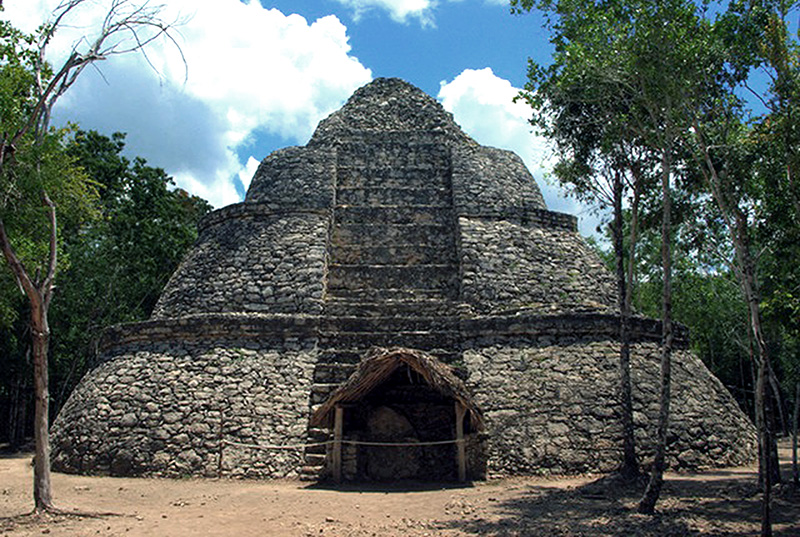
Coba is located around two lagoons. A series of elevated stone and plaster roads radiate from the central site to various smaller sites near and far. Some of these causeways go east to the Caribbean coast, and the longest runs over 100 kilometres (62 mi) westwards to the site of Yaxuna.
Learn More
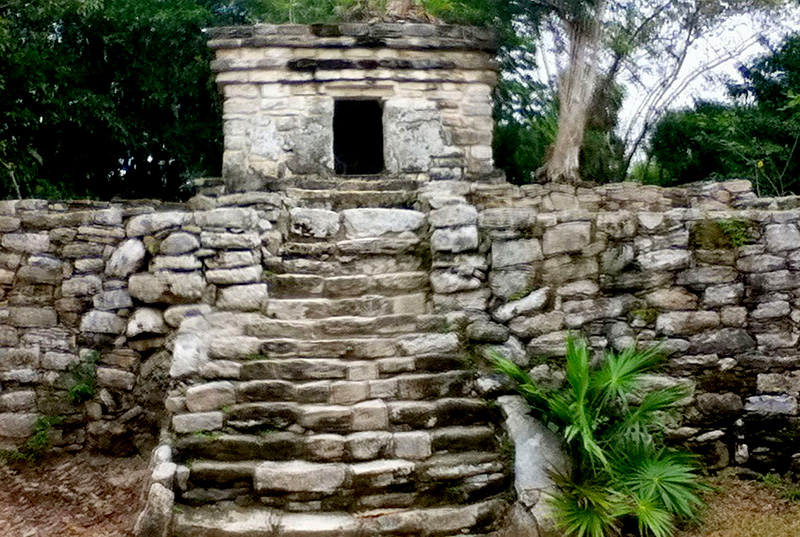
Xcaret was occupied by the pre-Columbian Maya and functioned as a port for navigation and an important Maya trading center.
Learn More
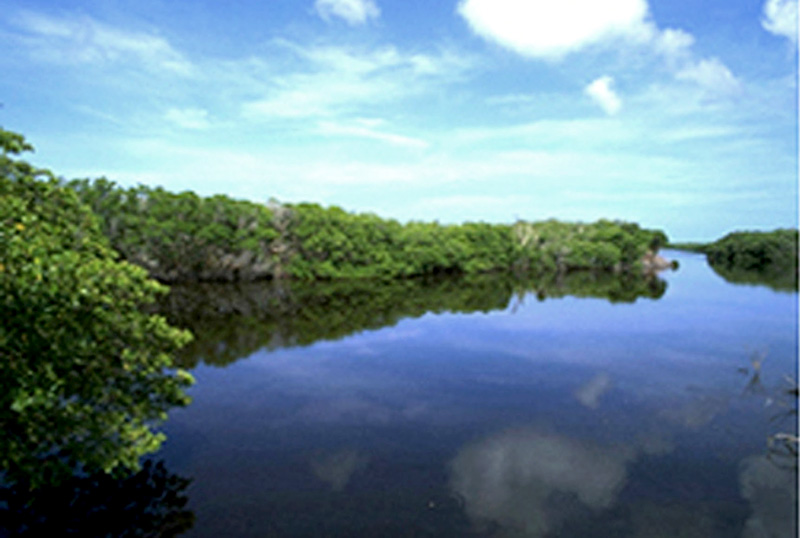
Jaina means "The place of the house on the water" , a name which refers to its insular location. The first evidence of human occupation goes back to the Early Classic period (C.E. 250-600) and its climax,
Learn More
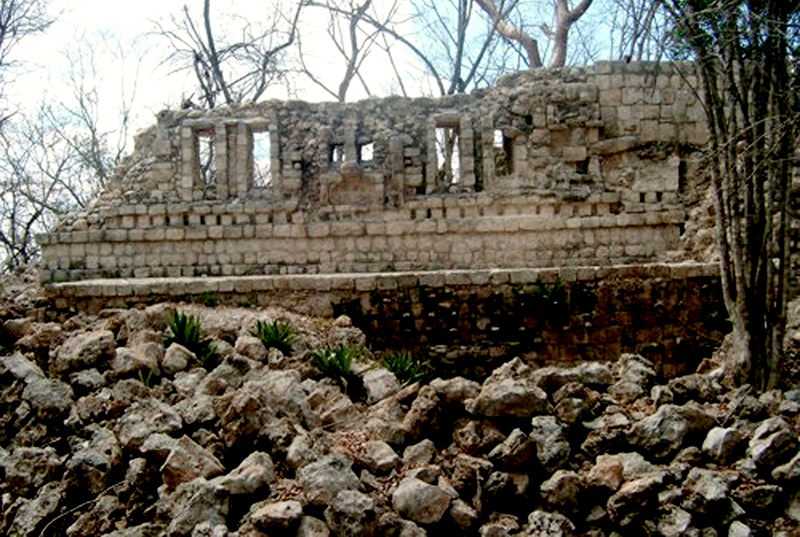
Kanki is the Mayan name of a wild bush that has many tiny yellow flowers. Pollok who found it during his expeditions in the Puuc region of Campeche State reported the site on May 1940.
Learn More
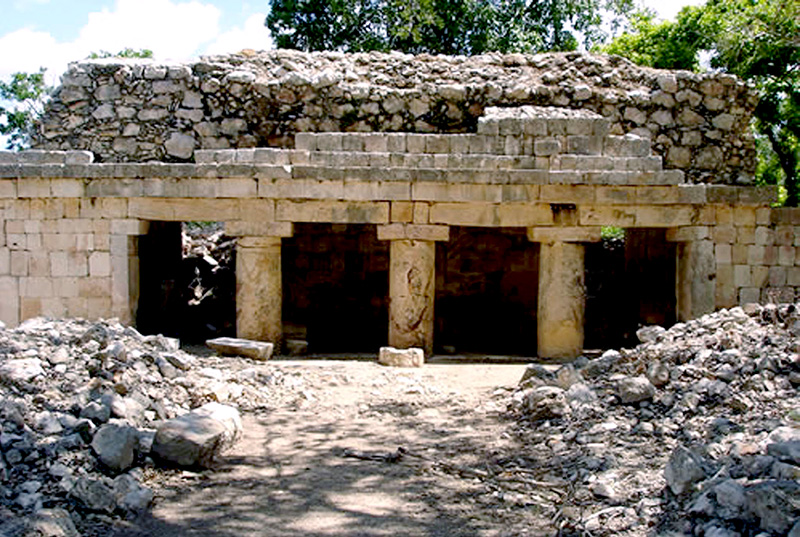
The site was reported by Teoberto Maler during the late nineteenth century, and he called it Xcalumkín because it was the name of the savanna were most of the constructions where raised, although there are some other edifices over several nearby hills.
Learn More
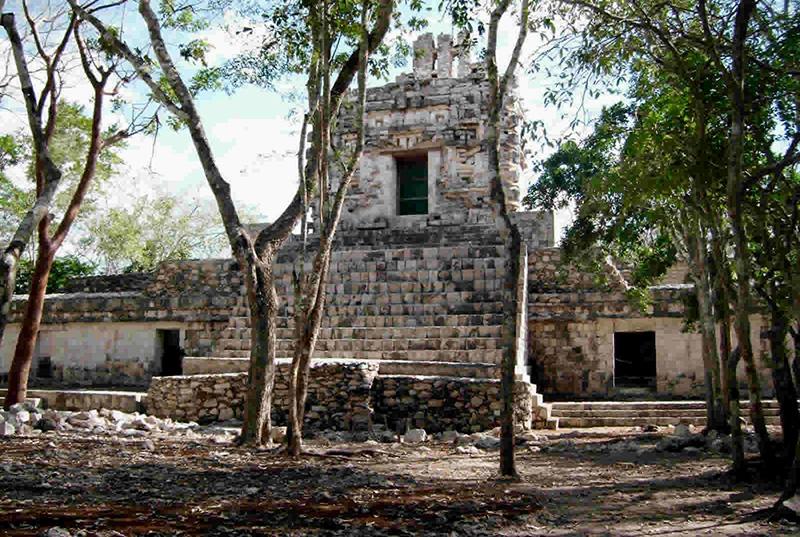
Tabasqueno Teobert Maler was the first Austrian to report the existence of this archaeological site in 1895 during his expeditions around the Chenes region in Campeche State. Based on its archaeological data, this ancient Maya City
Learn More

Dzibanche is a recently restored, gigantic, and imposing ruin. Dzibanche, meaning "writing on wood" in Mayan and owes its name to the fact that one Temple has a fairly large wooden lintel that bears eight glyphs dated 618 C.E.
Learn More
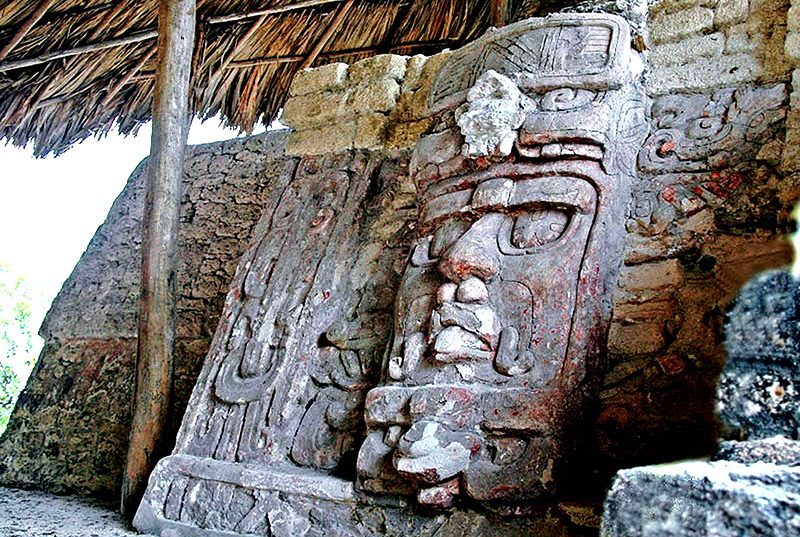
Kohunlich is a corruption of the name "Cohune Ridge". Cohune is a species of fruiting palm common to the area. Kohunlich is located about an hour west of Chetumal.
Learn More
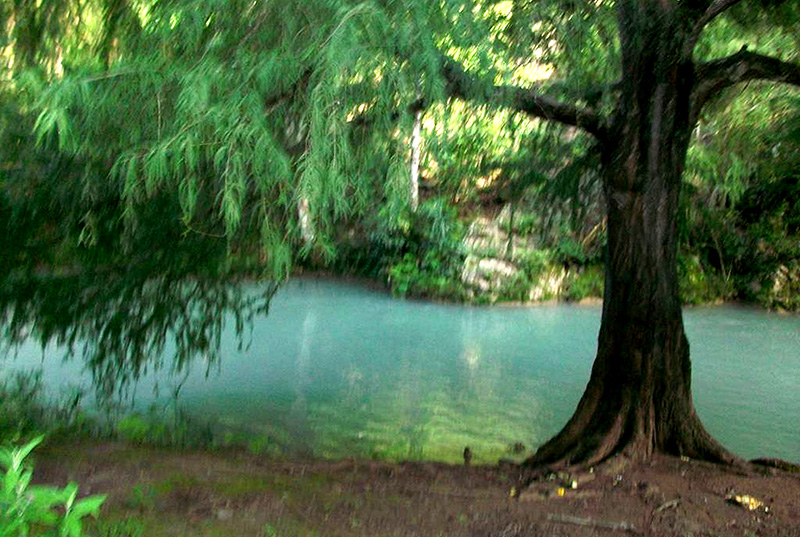
Rio Azul is a site of the Pre-Columbian Maya civilization in what is now Guatemala. Sak Ha Witznal (Clear Water Mountain) is its real name and is located 80 km north-east of Tikal. The Rio Azul National Park has several sites the most important is Rio Azul,
Learn More
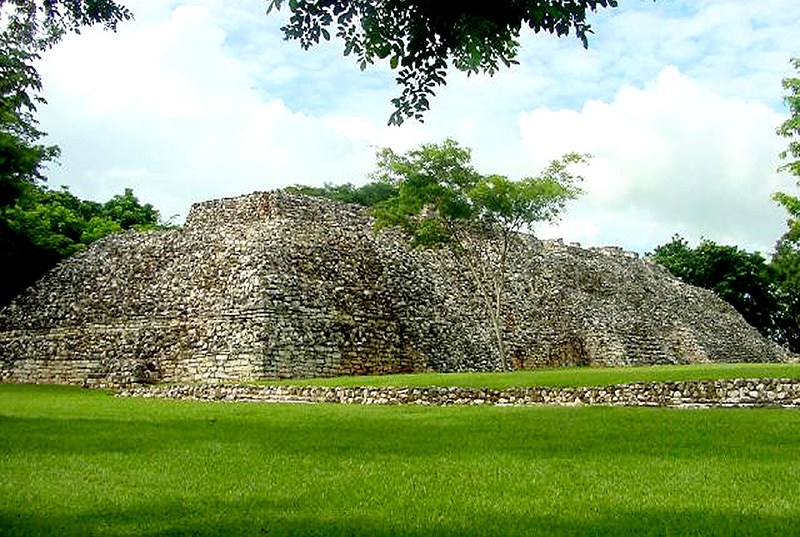
Pomoná is a site that dates from the Early Classic (500 - 800 C.E.), and it lies in the valley of the Usumacinta River as it jogs into the state of Tabasco. Recent archaeological explorations have uncovered six buildings for viewing.
Learn More
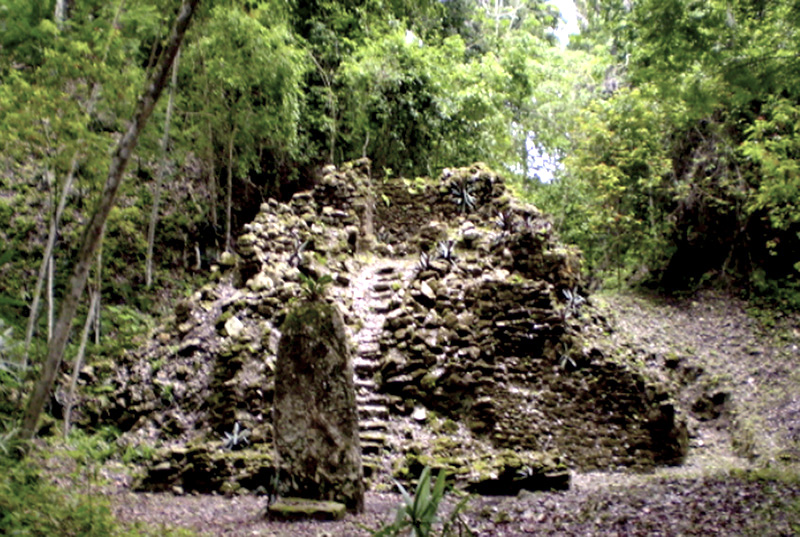
Las Milpas was a major ceremonial center in northwestern Belize. The site is composed of 11 plazas and about 50 structures. The center of this site was first recorded in the 1930's during a general survey of archaeological sites in the region.
Learn More
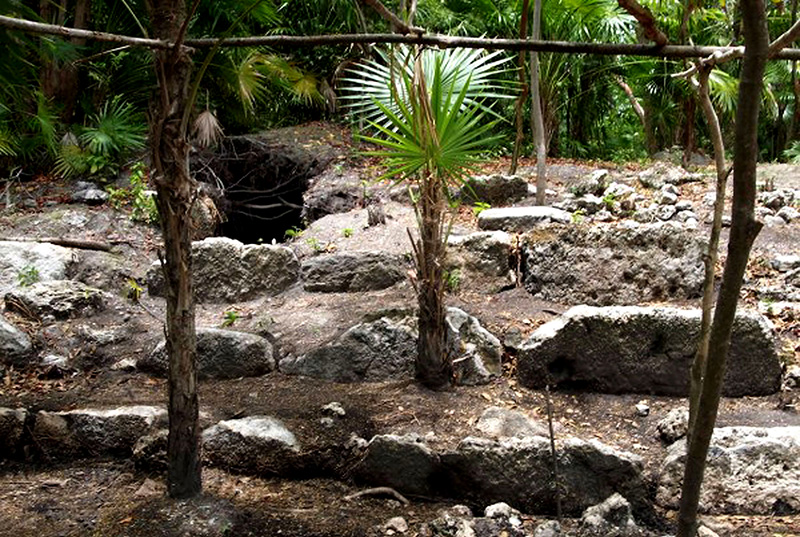
Marco Gonzalez site may be the largest ruin on Ambergris Caye. The site lies two miles south of the town of San Pedro, it covers an area of about 500 meters by 150 meters and 60 constructions.
Learn More
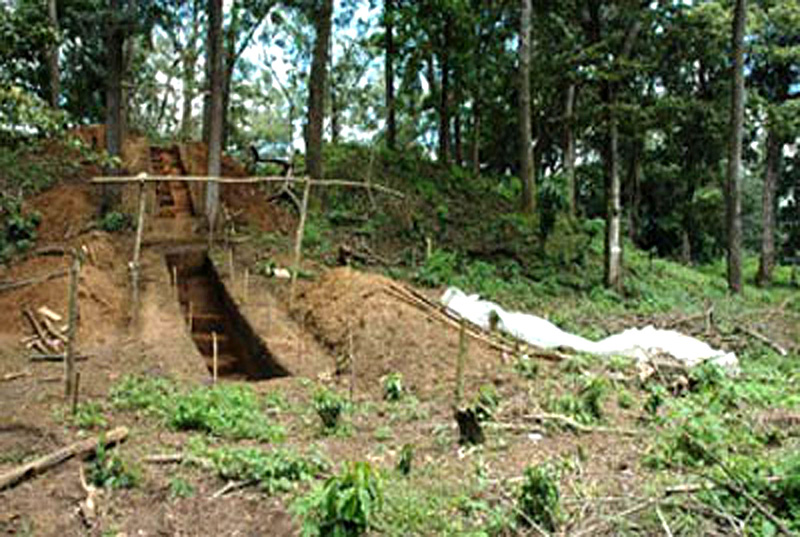
El Naranjo is an ancient city of the Maya civilization in the Peten Basin region of the central Mayan lowlands. It is located in the present-day department of Peten, Guatemala about 10 km west of the border with Belize.
Learn More
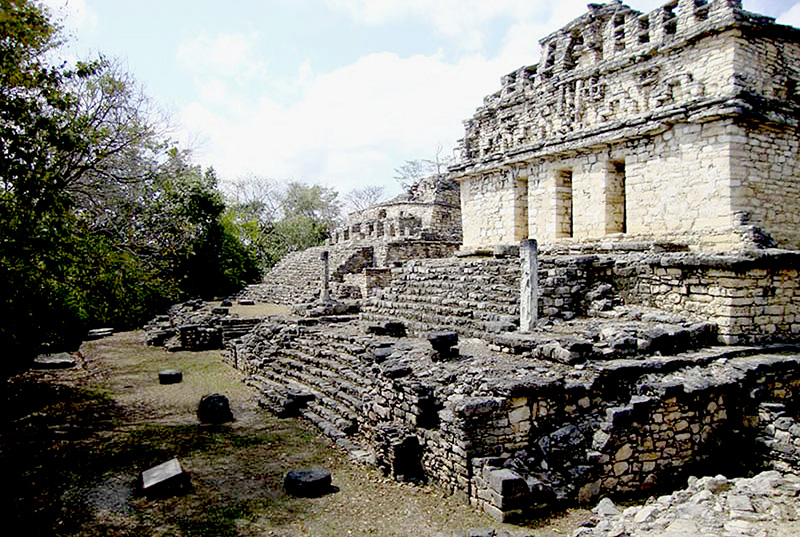
Yaxchilan means "green stones" in Mayan. The ruins lie on the left bank of the Usumacinta River just a little north and east of the ruins of Bonampak. Yaxchilán was a large city in ancient times rivaling the magnificence of Palenque and Chichen Itzá.
Learn More

Nakum was first settled during the Middle Preclassic. This period saw the construction of the first versions of several important complexes and buildings. The site saw significant development during the Late Preclassic when all existing structures were rebuilt and new constructions were added.
Learn More
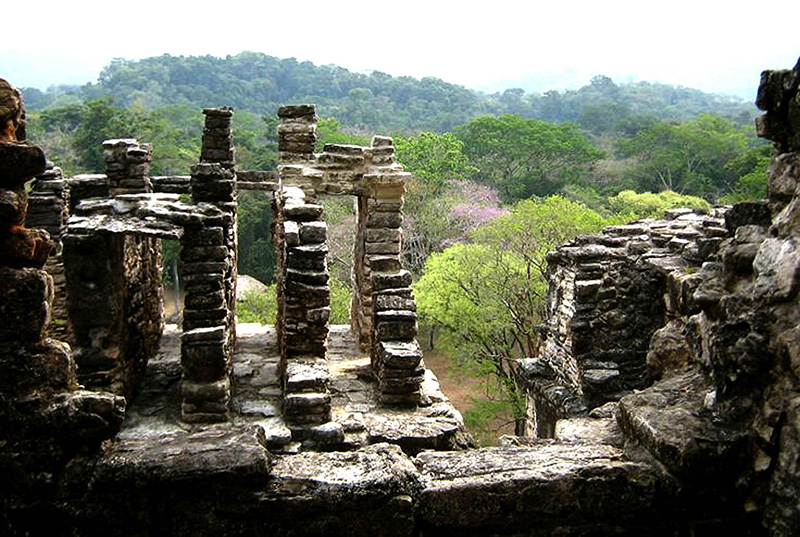
Bonampak is reachable by vehicle from Palenque. The trip is about 100 kilometers of sometimes very slow and arduous driving. Bonampak was a very large city from the Classic period and is famous for its brilliant murals depicting 8th century Mayan court life, ritual and battle.
Learn More

Aguateca is a Maya site located in northern Guatemala's Petexbatun Basin, in the department of Peten. The first settlements at Aguateca date to the late Preclassic period (B.C.E. 300 - C.E. 350), and the city was sacked and abandoned in the early 9th century.
Learn More
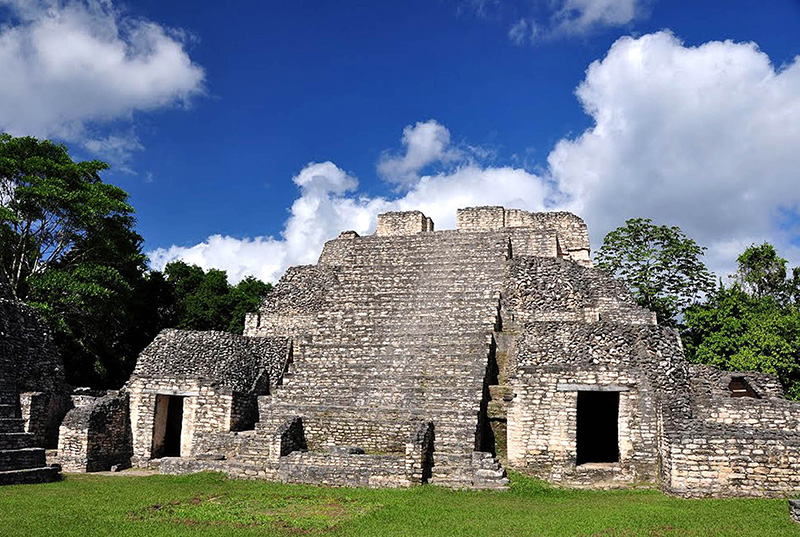
Caracol, means "conch shell" or "snail" and comes from the long winding access road which twists and turns much like the spirals on the shell of a snail. Caracol was not the Mayan name for the site. The original name is still unknown,
Learn More
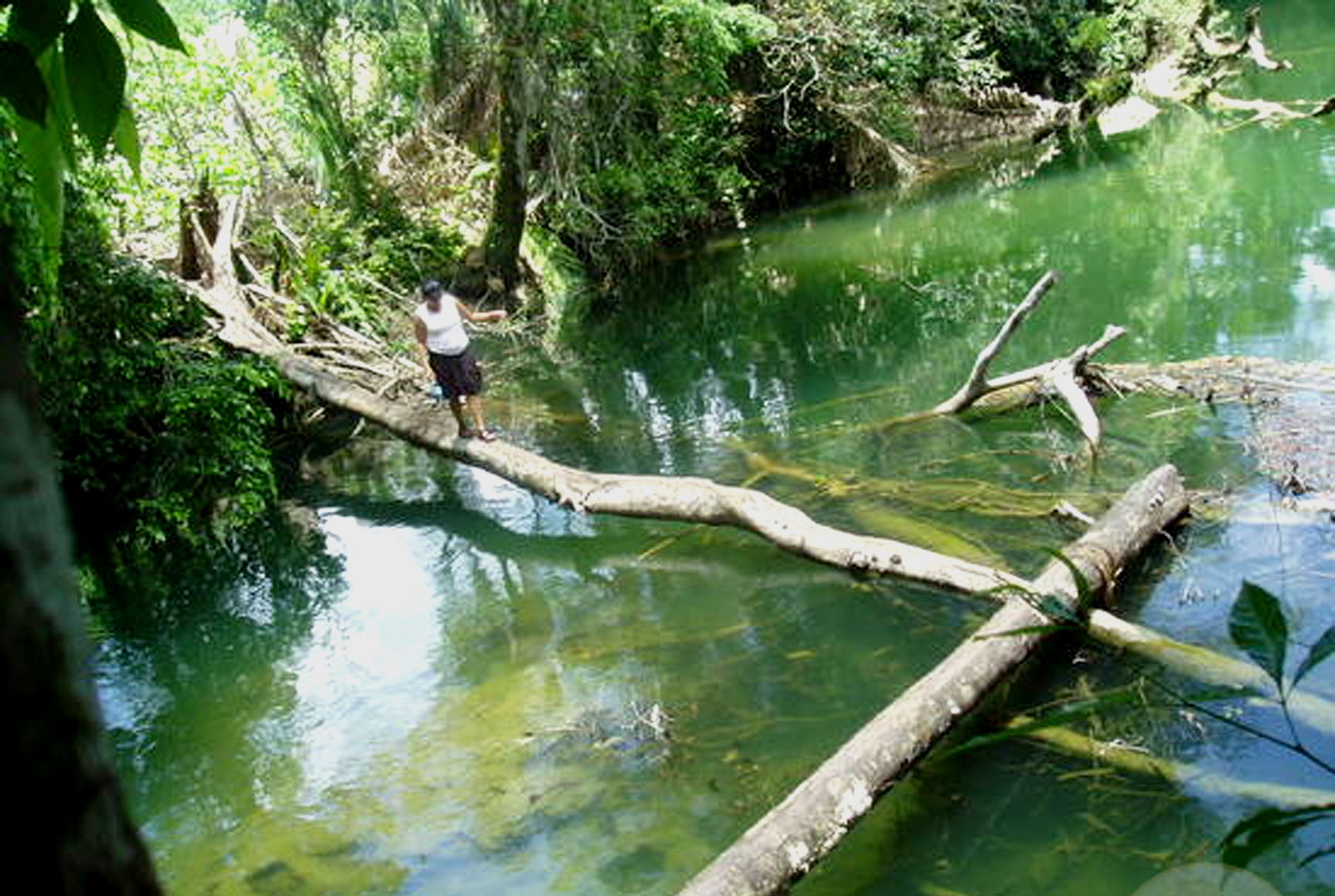
Pusilha is southwest of Blue Creek Village on the Moho River in the Toledo District, about one mile east of the Guatemalan border. The ruins, built on top of a hill above the river, can only be reached by boat, going on foot or by horse.
Learn More
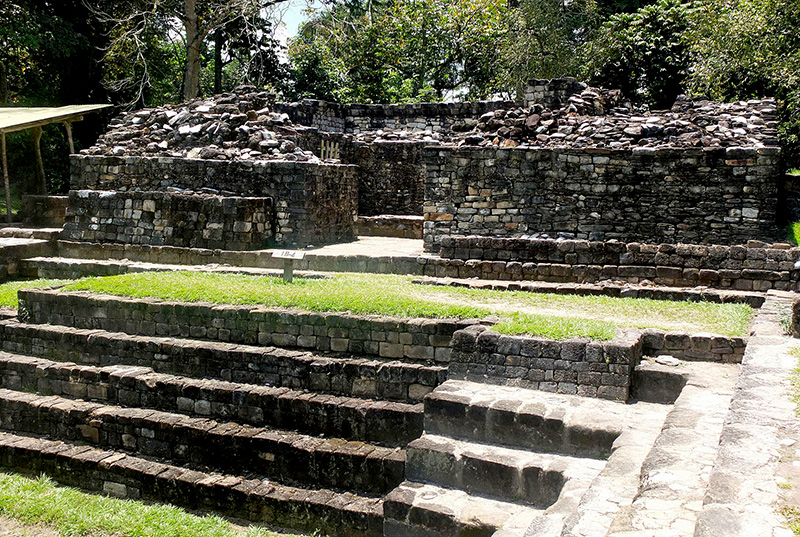
Quirigua is an ancient Maya site in the Izabal department of Guatemala. A medium sized site along the lower Motagua river, with the ceremonial center, heart of the site about 1 km from the left bank of the river. The city's period of occupation seems to correspond to the length of the Maya Classic period. The site being occupied by 200 C.E.,
Learn More
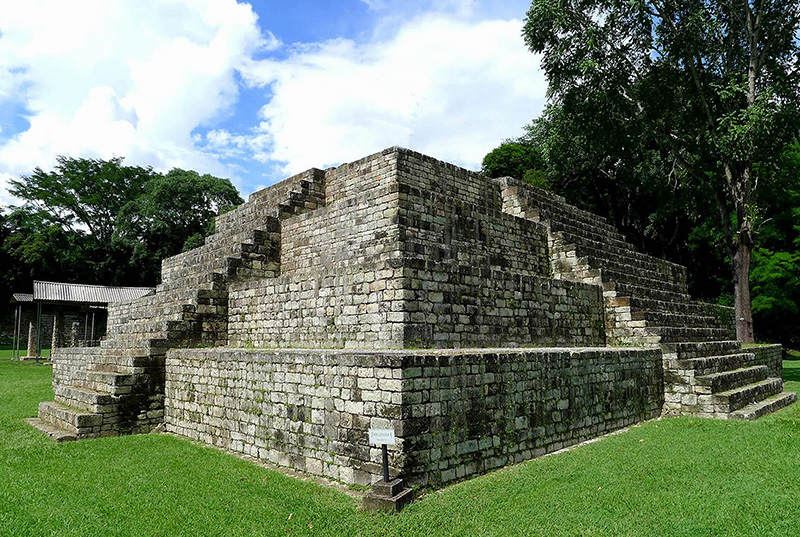
The ruins of Copan are a four-hour drive from the city of San Pedro Sula in Honduras. You have to walk more than 200 yards of steamy tropical-forest trails before reaching Copan's Great Plaza, where the city's main acropolis rises some 300 feet.
Learn More
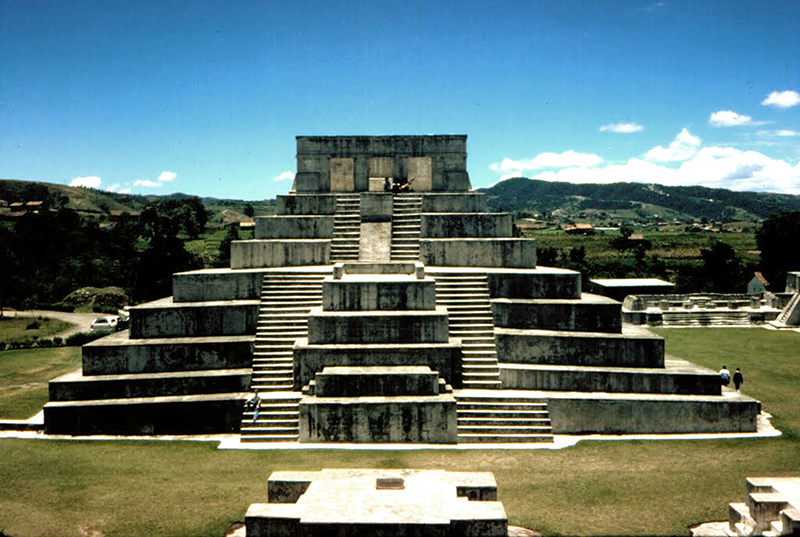
Zaculeu, traditional spelling, Saqulew modern Maya spelling, is a Pre-Columbian archeological site in the highlands of southwestern Guatemala, a short distance outside of the city of Huehuetenango. Zaculeu was the capital of the Postclassic Mam kingdom, a sub-group of the Maya.
Learn More

Quelepa is a product of the cultural developments which happened in Mesoamerica and the Andean Area between 300 and 900 C.E. based on the processes of expansion or deteration in both regions. As a result of this the use of the monumental architecture in Honduras and El Salvador expands to cities like Yarumela,
Learn More

